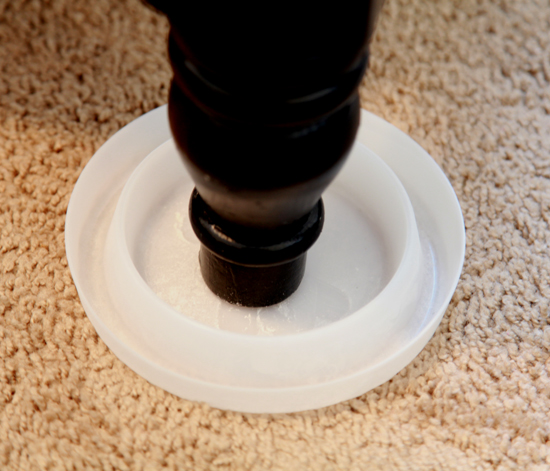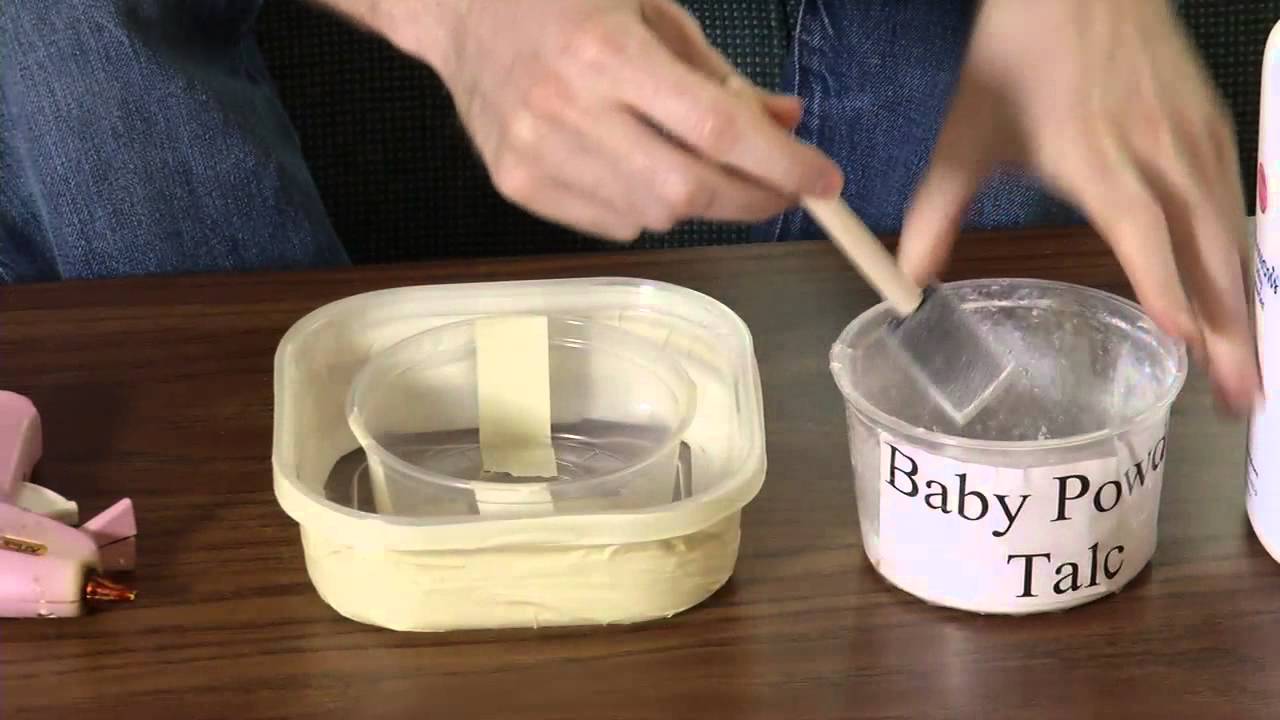To capture bed bugs, use a flashlight and a vacuum to physically remove them from surfaces. Introduce bed bug traps near furniture and sleeping areas to catch them efficiently.
Bed bugs are pesky insects that can infest your home, causing discomfort and frustration. Learning how to effectively capture and eliminate bed bugs is crucial to maintaining a clean and pest-free living environment. By following simple steps and utilizing the right tools like vacuum cleaners and traps, you can effectively combat these unwanted intruders.
In this guide, we will explore various methods to capture bed bugs and prevent them from spreading further in your home.
Identifying Bed Bugs
Bed bugs are tiny, oval-shaped insects that belong to the family Cimicidae. Identifying bed bugs is crucial in effectively capturing and eliminating them from your home. By knowing their physical characteristics, behavior, and habits, you can develop proper strategies to combat these pesky pests.
Physical Characteristics
Bed bugs are generally small, measuring around 4 to 5 millimeters in length. They have flat bodies that allow them to conceal themselves in tight spaces, especially in and around bedding. These insects have a reddish-brown color, which can darken after feeding on blood. They have six legs, short antennae, and no wings.
Behavior And Habits
Bed bugs are nocturnal creatures, meaning they are most active at night when humans are asleep. They have an extraordinary ability to detect carbon dioxide and body heat, enabling them to locate their prey easily. These insects are attracted to warmth and carbon dioxide emitted by their hosts, which is why they often infest beds, sofas, and other furniture close to sleeping areas.
Bed bugs are attracted to both clean and dirty environments. They can be found in hotels, homes, and even public transportation. They can easily hitch a ride on luggage, clothing, or any object that offers them easy access to potential hosts. Once inside a property, bed bugs hide and breed in cracks, crevices, and other secluded areas near their human hosts.
Another major behavioral characteristic of bed bugs is their feeding pattern. They feed on human blood, usually taking several short feeding sessions throughout the night. Their bites often result in itchy and uncomfortable welts on the skin, which can be a telltale sign of an infestation. However, not everyone displays visible reactions to bed bug bites, making identification more challenging.

Credit: budgetbrotherstermite.com
Locating Bed Bugs
Common Hiding Spots
Bed bugs often hide in mattresses, bed frames, and headboards.
Signs Of Infestation
Look for bloodstains, fecal spots, and eggshells on bedding.
Preparing For Capture
Preparing for Capture:
Gathering Necessary Tools
Bed bugs are elusive pests. To effectively capture them, you need the right tools:
- Petri dishes
- Magnifying glass
- Flashlight
- Tape
- Tweezers
Creating A Capture Plan
Develop a strategic approach to catch bed bugs with these steps:
- Inspecting common hiding spots
- Placing traps near beds and furniture
- Regularly checking traps for activity
- Sealing captured bugs in labeled bags
- Contacting a professional for severe infestations
Using Traps And Interceptors
Traps and interceptors are effective tools for capturing bed bugs, aiding in pest control and prevention. By strategically placing these devices in key areas, you can monitor and manage infestations efficiently. Regular maintenance and inspection are crucial for optimal results.
Using Traps and Interceptors to Capture Bed BugsBed bugs can be a persistent problem, but using traps and interceptors can be an effective way to catch these pesky pests. Traps and interceptors are designed to lure bed bugs and prevent them from reaching you while you sleep. In this section, we will explore the different types of traps available and how to properly place and monitor them to maximize their effectiveness and capture those unwanted bed bugs.Types Of Traps
When it comes to trapping bed bugs, there are several options available. These include:- Glue traps: These traps consist of a sticky adhesive that bed bugs get stuck to when they come into contact with it. They are typically placed under the legs of your bed or furniture, making it difficult for bed bugs to crawl up and reach you.
- Pitfall traps: These traps are designed to take advantage of bed bugs’ inability to climb smooth surfaces. They feature a smooth-sided container filled with a substance that bed bugs cannot escape from once they fall in.
- Heat traps: These traps utilize heat to bait bed bugs and attract them into a container. Once inside, the temperature rises, effectively killing the trapped bed bugs.
Placement And Monitoring
Proper placement and regular monitoring of traps are crucial to their success. Here’s what you need to keep in mind:- Bed placement: Ensure that all legs of your bed are equipped with interceptors or traps. This will prevent bed bugs from climbing up and reaching you while you sleep.
- Additional furniture: If you suspect bed bugs have infested other furniture, such as couches or chairs, consider using traps or interceptors on their legs as well.
- Close proximity: Place traps in close proximity to areas where bed bugs are known to hide, such as cracks, crevices, and along baseboards. The goal is to lure the bugs away from you and toward the traps instead.
- Monitor regularly: Check the traps regularly for any signs of captured bed bugs. This will help you gauge the severity of the infestation and determine the effectiveness of the traps. Additionally, monitor for any wear and tear or loss of stickiness in glue traps, as they may need to be replaced periodically.
Implementing Heat Treatments
When it comes to tackling a bed bug infestation, implementing heat treatments can be an effective and environmentally friendly solution. Heat treatments involve raising the temperature of the infested area to a level that is lethal to bed bugs. This method is advantageous as it can penetrate hard-to-reach areas where traditional pesticides may not be as effective. Understanding heat treatment is crucial for successful bed bug eradication.
Understanding Heat Treatment
Heat treatments work by heating up the infested area to a temperature that is lethal to bed bugs, typically between 120°F and 140°F. This process can be carried out using specialized heating equipment that ensures even distribution of heat throughout the space. The heat effectively kills bed bugs in all life stages, including eggs, making it a comprehensive solution for eradication.
Precautions And Considerations
There are several precautions and considerations to take into account when implementing heat treatments for bed bug eradication. It is essential to ensure that the area being treated is properly sealed to prevent heat from escaping, and that heat-sensitive items are removed or protected from potential damage. Additionally, monitoring equipment should be used to verify that the desired temperature is reached in all treated areas.

Credit: www.planetnatural.com
Applying Insecticides
Applying insecticides is an effective method for targeting bed bugs. However, it’s crucial to ensure that the right insecticides are selected and applied using the correct techniques. This not only increases the effectiveness of the treatment but also ensures the safety of inhabitants within the treated area.
Choosing The Right Insecticide
When choosing an insecticide for bed bug control, it’s important to consider the specific needs of the situation, such as the extent of the infestation and the type of surfaces where the insecticide will be applied. Selecting an appropriate insecticide is crucial for effectively eliminating bed bugs.
Application Techniques
Proper application of insecticides is essential for successful bed bug eradication. Following the correct techniques, such as identifying target areas and using the appropriate equipment, ensures that the insecticide is distributed effectively and reaches the bed bugs’ hiding spots, ultimately leading to their extermination.
Seeking Professional Assistance
While DIY methods can be effective in capturing bed bugs, there are instances when professional help is necessary. When you find yourself overwhelmed or unable to eradicate these pesky critters on your own, it’s time to call in the experts. Professional pest control companies have the knowledge, experience, and specialized tools needed to tackle even the most stubborn bed bug infestations.
When To Call A Professional
It’s important to know when it’s appropriate to enlist the help of a professional pest control expert. Here are some key signs that indicate it’s time to pick up the phone:
- Repeated Infestations: If you’re experiencing recurrent bed bug infestations despite your best efforts, it’s a clear indication that DIY approaches are not working. Professionals can identify the root cause and provide long-term solutions.
- Widespread Infestations: When bed bugs have spread throughout your entire home, it’s a situation that requires immediate action. A pest control expert can assess the extent of the infestation and devise a comprehensive treatment plan.
- Health or Allergy Concerns: Bed bug bites can cause discomfort, itching, and allergic reactions in some individuals. If you or a family member has developed severe symptoms or health issues related to bed bugs, professional intervention is recommended.
Questions To Ask A Pest Control Expert
Before hiring a professional pest control company, it’s crucial to ask the right questions to ensure you’re choosing the best service provider for your needs. Consider the following inquiries:
| Questions | Answers |
|---|---|
| 1. What is your experience in dealing with bed bug infestations? | Look for a company with extensive experience specifically in bed bug extermination. |
| 2. What treatment methods do you use? | Ensure the company employs effective and safe methods, such as heat treatments, chemical treatments, or a combination of both. |
| 3. Do you offer any guarantees or warranties? | Find out if the company provides any guarantees on their services or offers follow-up visits if the infestation persists. |
| 4. What is the cost of the treatment? | Get an estimate and compare prices from different companies. Remember, the cheapest option may not always be the most effective. |
| 5. Are there any safety precautions or preparations I should know about? | Make sure you understand any necessary steps you need to take before and after the treatment to ensure safety. |
In summary, when bed bug infestations become overwhelming or persist despite your efforts, seeking professional assistance is a wise decision. Consider the signs that indicate it’s time to call in the experts, and ask relevant questions to find the right pest control company for effective and long-lasting bed bug eradication.

Credit: citybugs.tamu.edu
Preventing Future Infestations
One of the crucial aspects of controlling bed bugs is preventing future infestations through vigilant measures. Here are some tips to help you keep these pests at bay.
Regular Inspection And Maintenance
Regular inspections, such as checking your mattress and furniture, can help catch bed bugs early. Sealing cracks and crevices in walls and furniture can reduce hiding spots.
- Inspect your bedding and furniture regularly for signs of bed bugs.
- Seal any cracks in walls and furniture where bed bugs can hide.
- Vacuum and clean your home frequently to eliminate bed bug eggs.
By implementing these preventative measures, you can help ensure your home remains free from future bed bug infestations.
Frequently Asked Questions On How To Capture Bed Bugs?
How Do Bed Bugs Enter The Home?
Bed bugs can be brought into your home through infested furniture, luggage, or clothing. They can also travel between units in multi-family dwellings, so it’s important to remain vigilant when traveling or acquiring secondhand items.
What Are The Signs Of A Bed Bug Infestation?
Common signs of a bed bug infestation include red, itchy bites on the skin, small bloodstains on bedding or furniture, and tiny, brownish bed bug exoskeletons. If you suspect an infestation, it’s crucial to act quickly to prevent their spread.
How Can I Effectively Capture Bed Bugs?
To capture bed bugs, use specialized traps or interceptors placed strategically around your bed and furniture. These devices use lure and capture methods to monitor or reduce bed bug populations in your home, providing early detection and control.
Conclusion
To effectively capture bed bugs, it is crucial to employ a combination of proactive measures and professional pest control services. By following the steps outlined you can significantly reduce the presence of these pesky insects in your home. Remember to conduct regular inspections, keep your living area clean and clutter-free, and use appropriate bed bug traps and insecticides.
Taking a proactive approach to bed bug prevention is key to maintaining a bug-free environment.
Related posts:

I’m MD Tanvir, and I bring years of expertise gained from working closely with pest control companies to the forefront. My journey in the industry has inspired me to launch Bug Battler, a platform aimed at equipping people with the know-how to combat pests autonomously. Through Bug Battler, I aim to empower individuals with practical insights to tackle pest infestations effectively.

